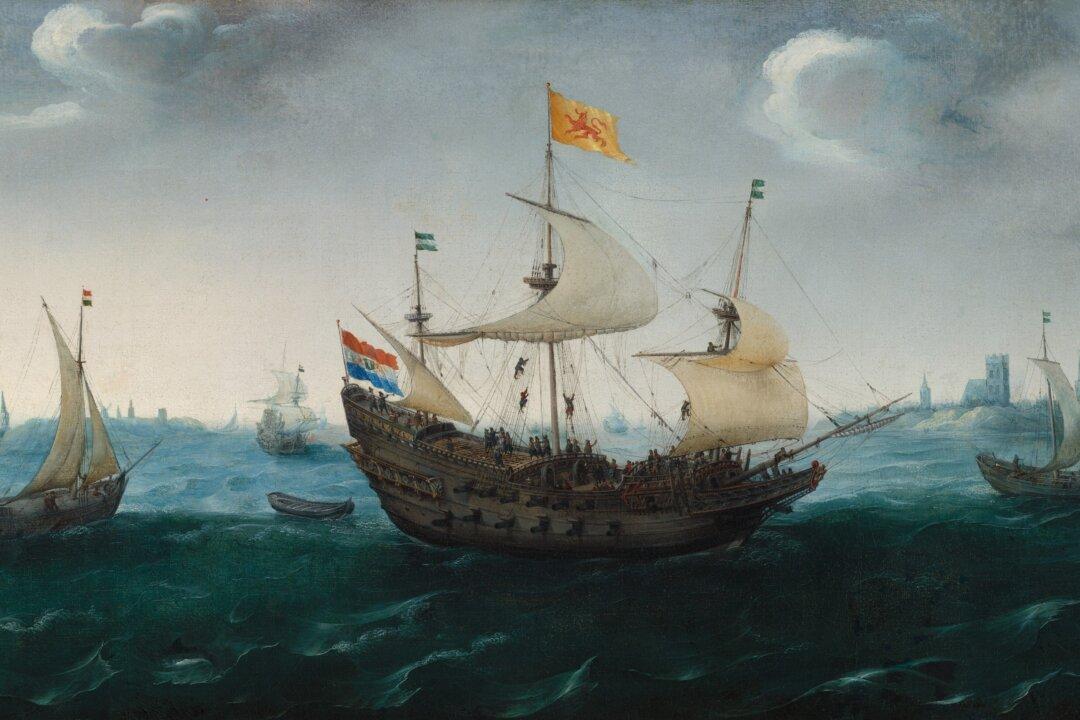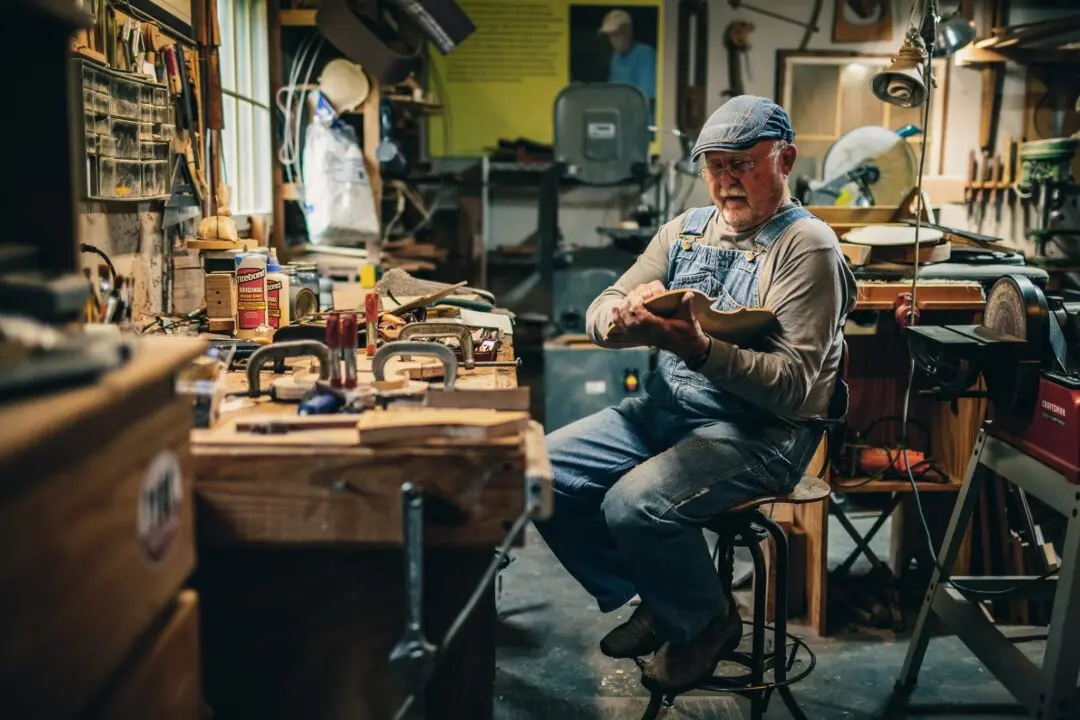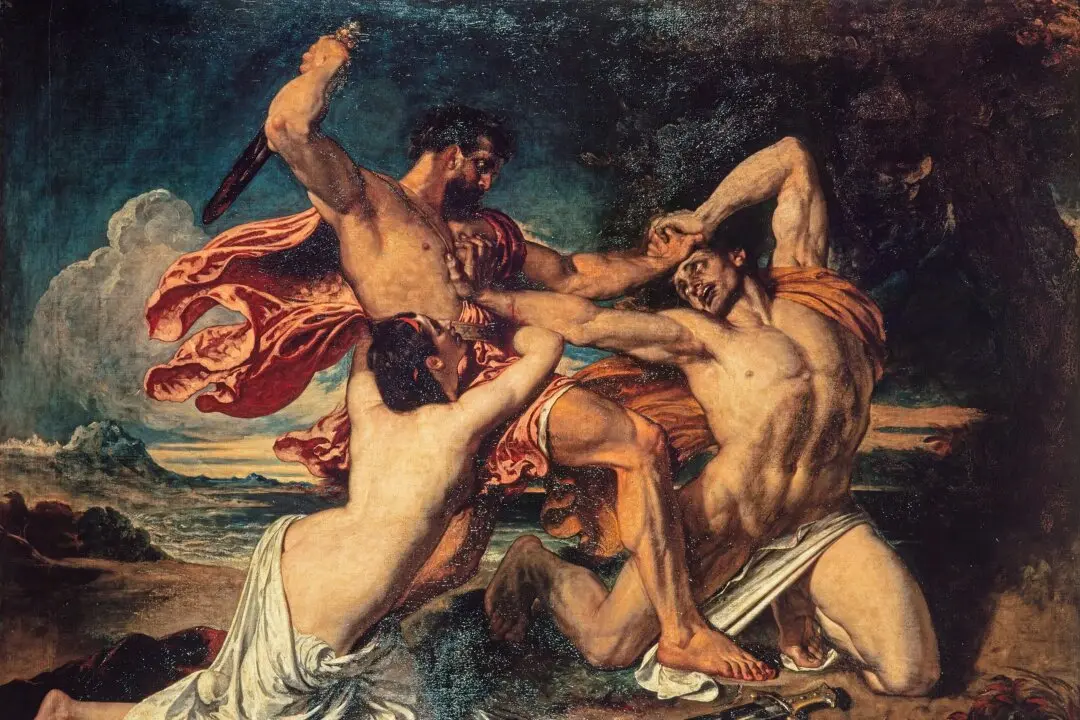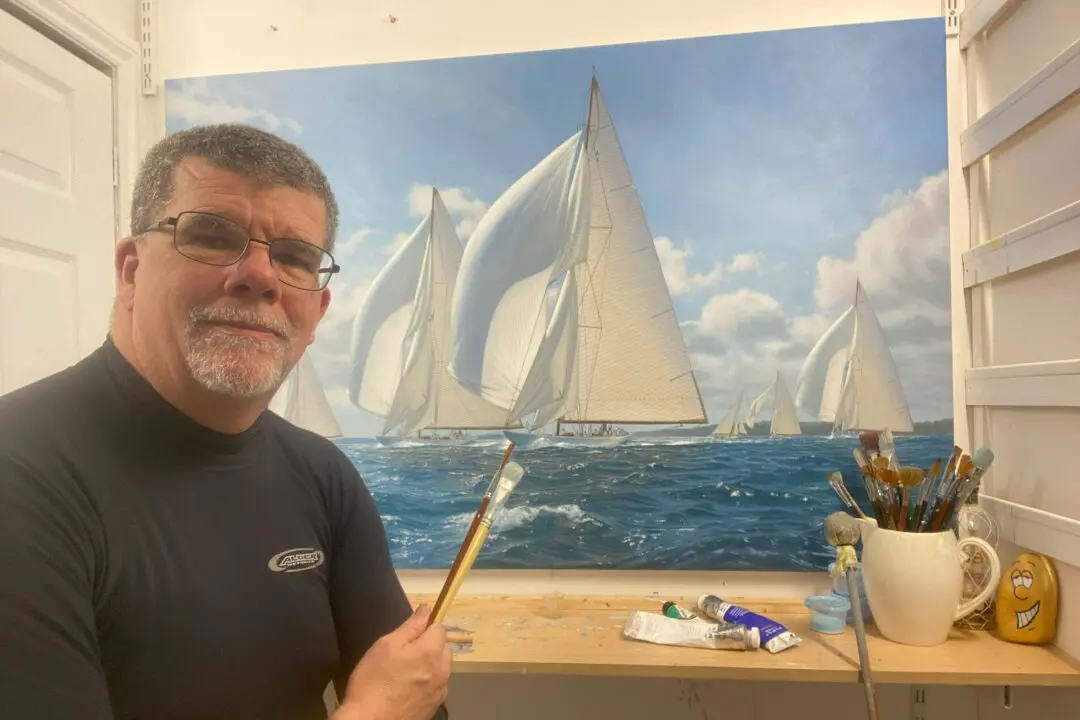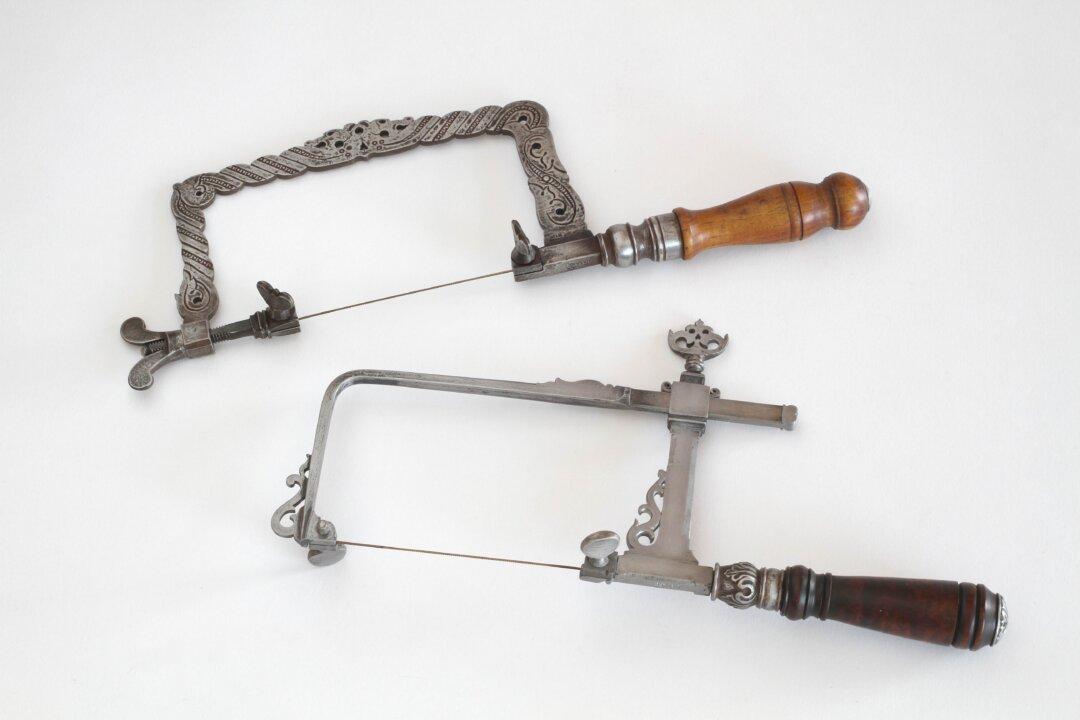Under a gray sky, a heavily armed Dutch cargo ship powers through the choppy waters of the North Sea, in Hendrick Cornelisz Vroom’s painting “A Fleet at Sea.” Wind fills the ship’s sails. Sailors work hard, ensuring that the ship stays on course. High on the mast, a golden flag with a red lion motif flutters in the breeze, announcing that this ship comes from the province of Holland and that it likely was the Roode Leeuw (Red Lion) that set sail for the Caribbean and South America in 1597.
At the heart of the red, white, and blue Dutch flag that flies on the stern pole is Rotterdam’s municipal crest, hinting at the ship’s home port.

